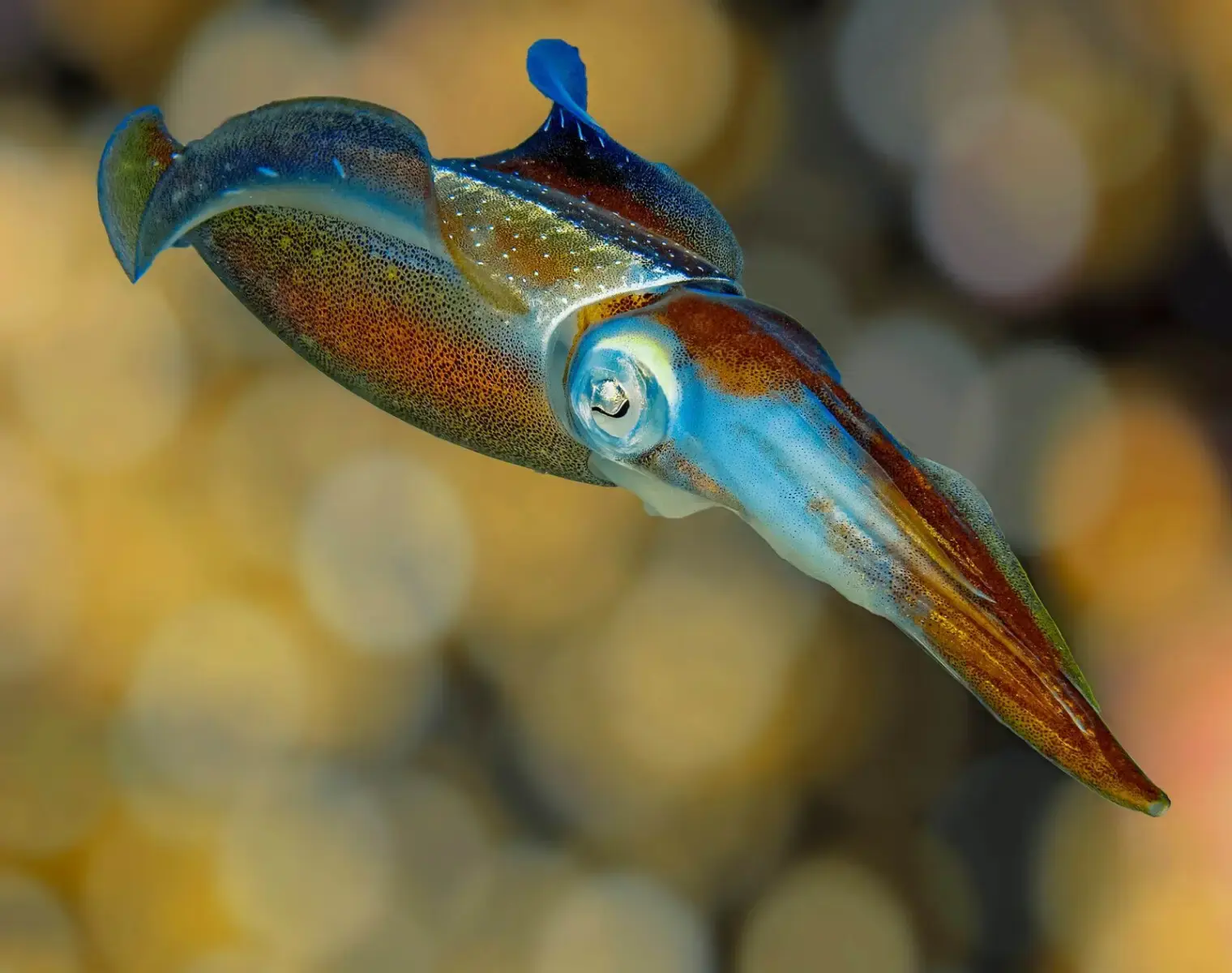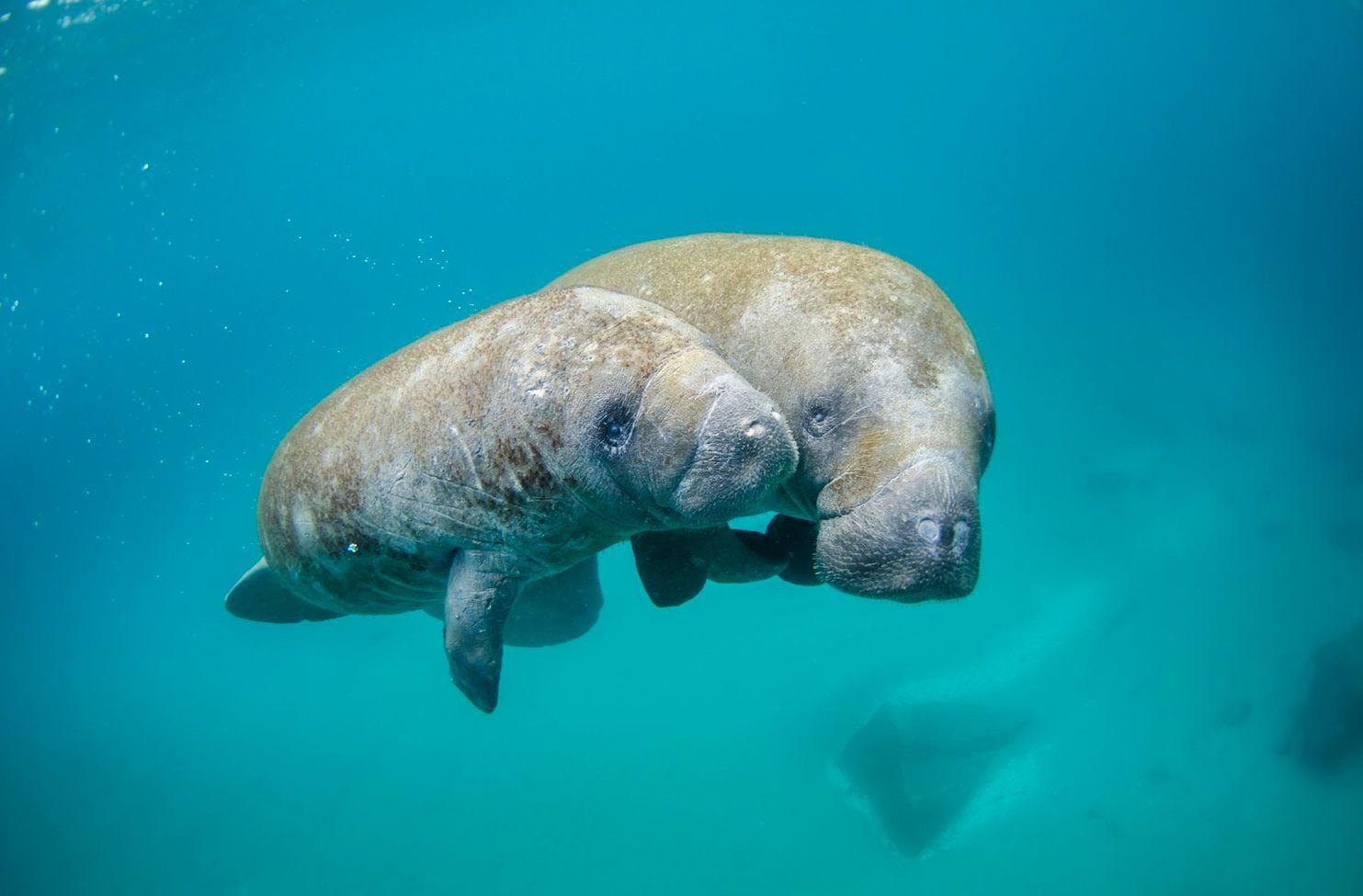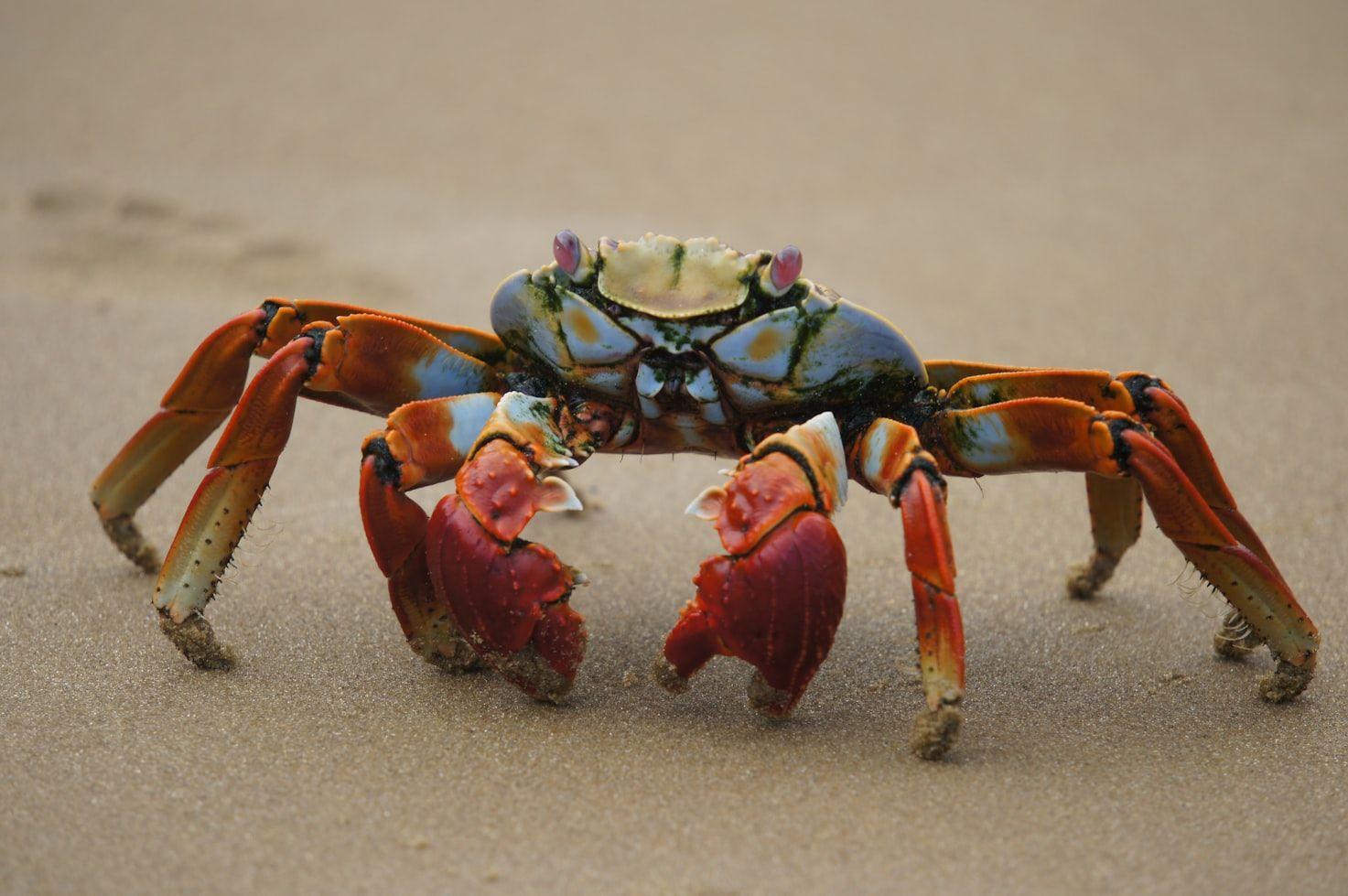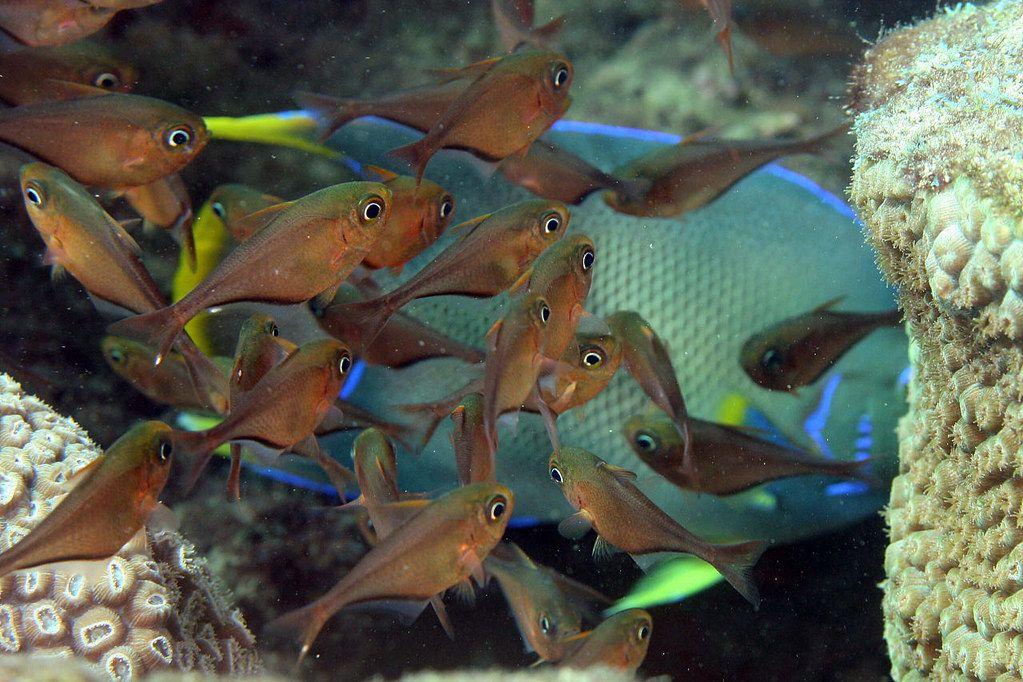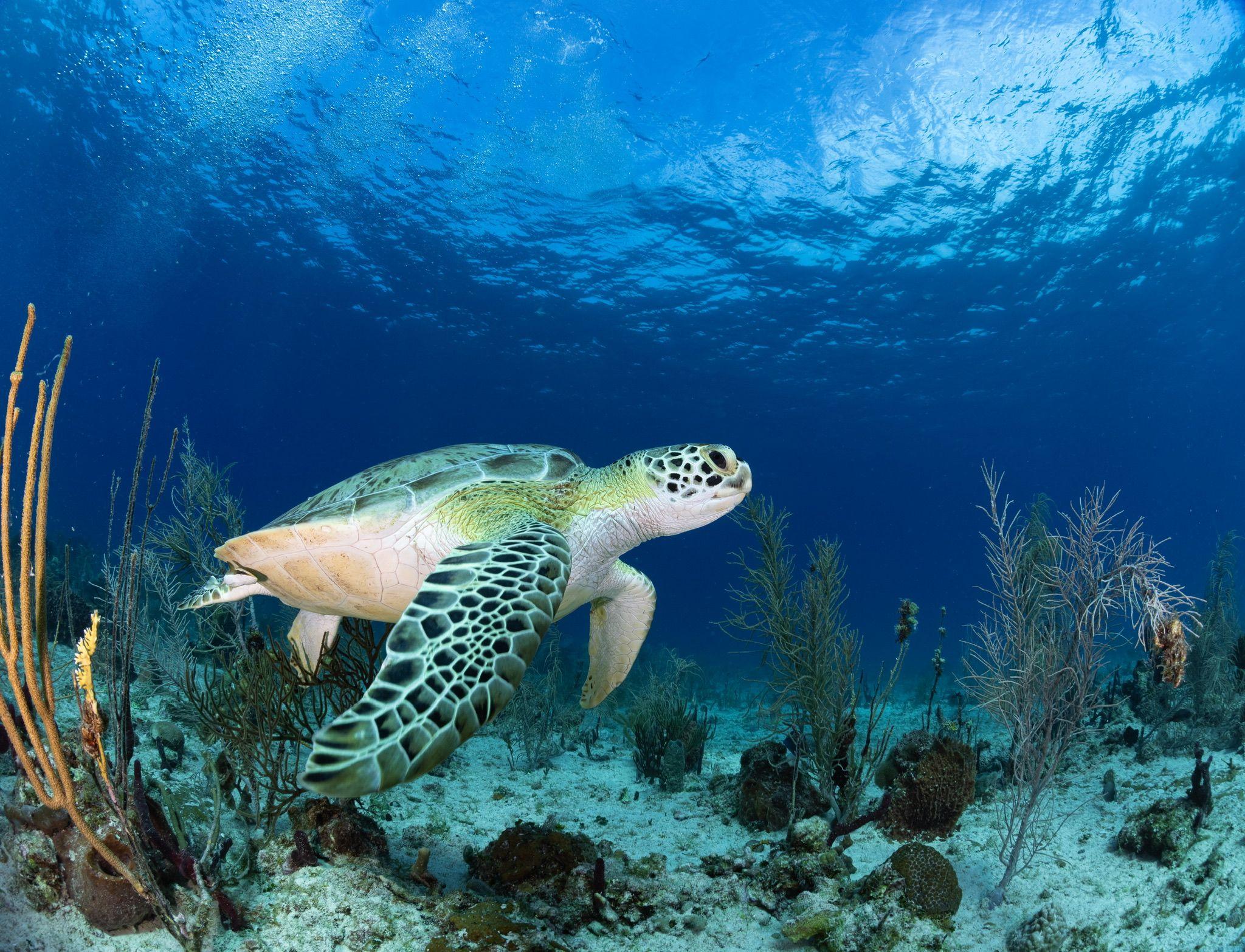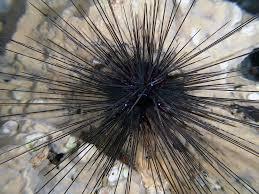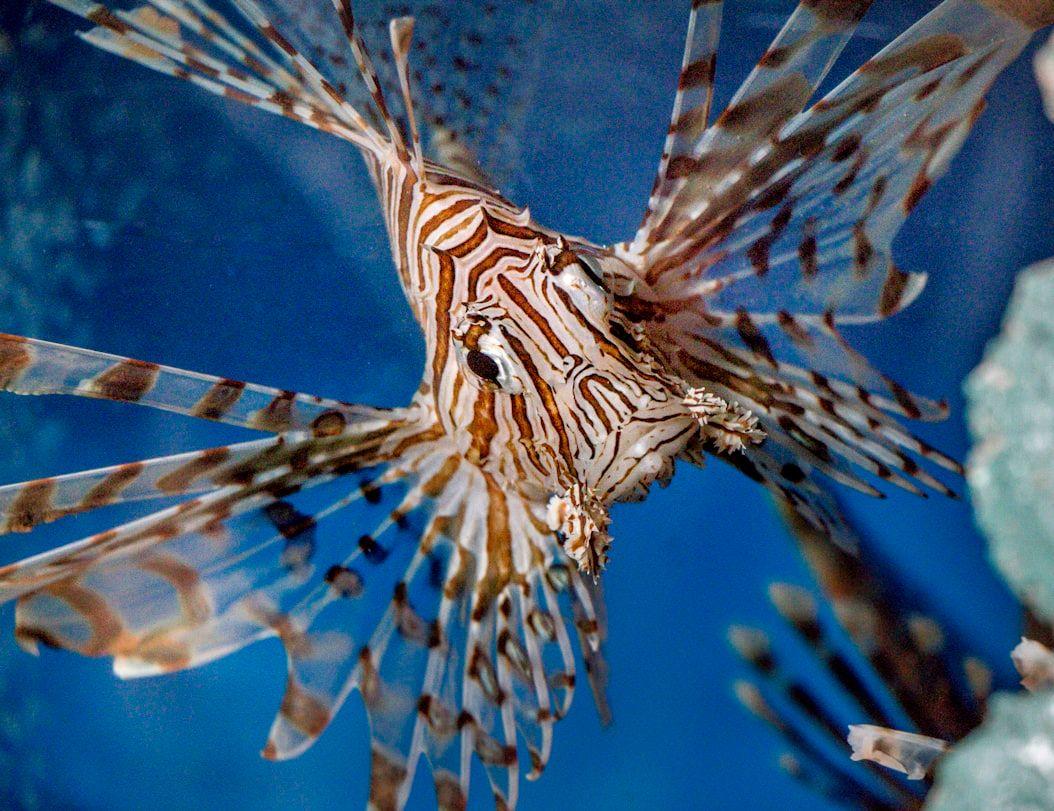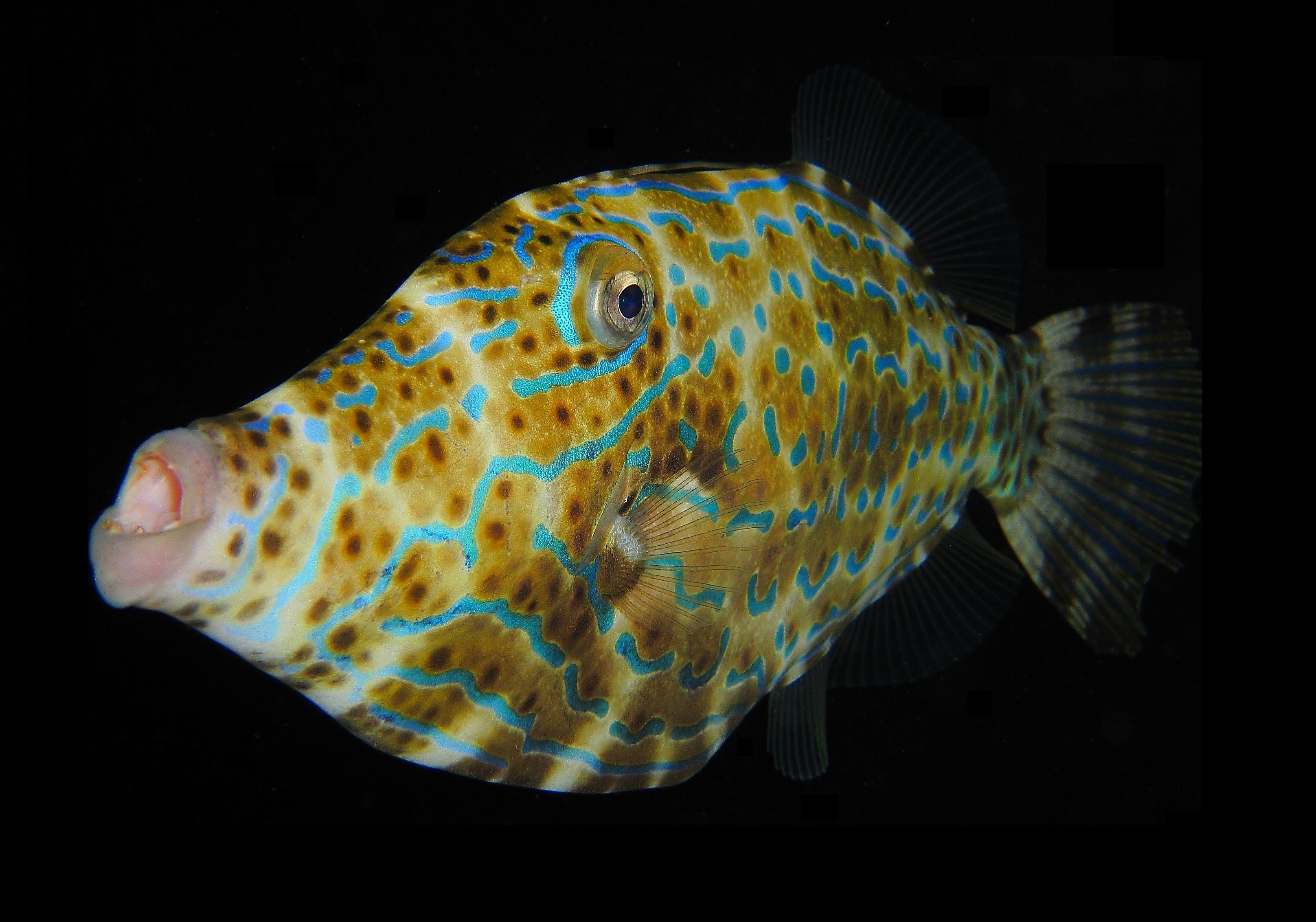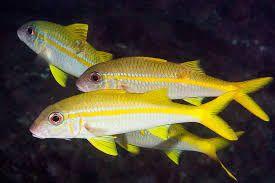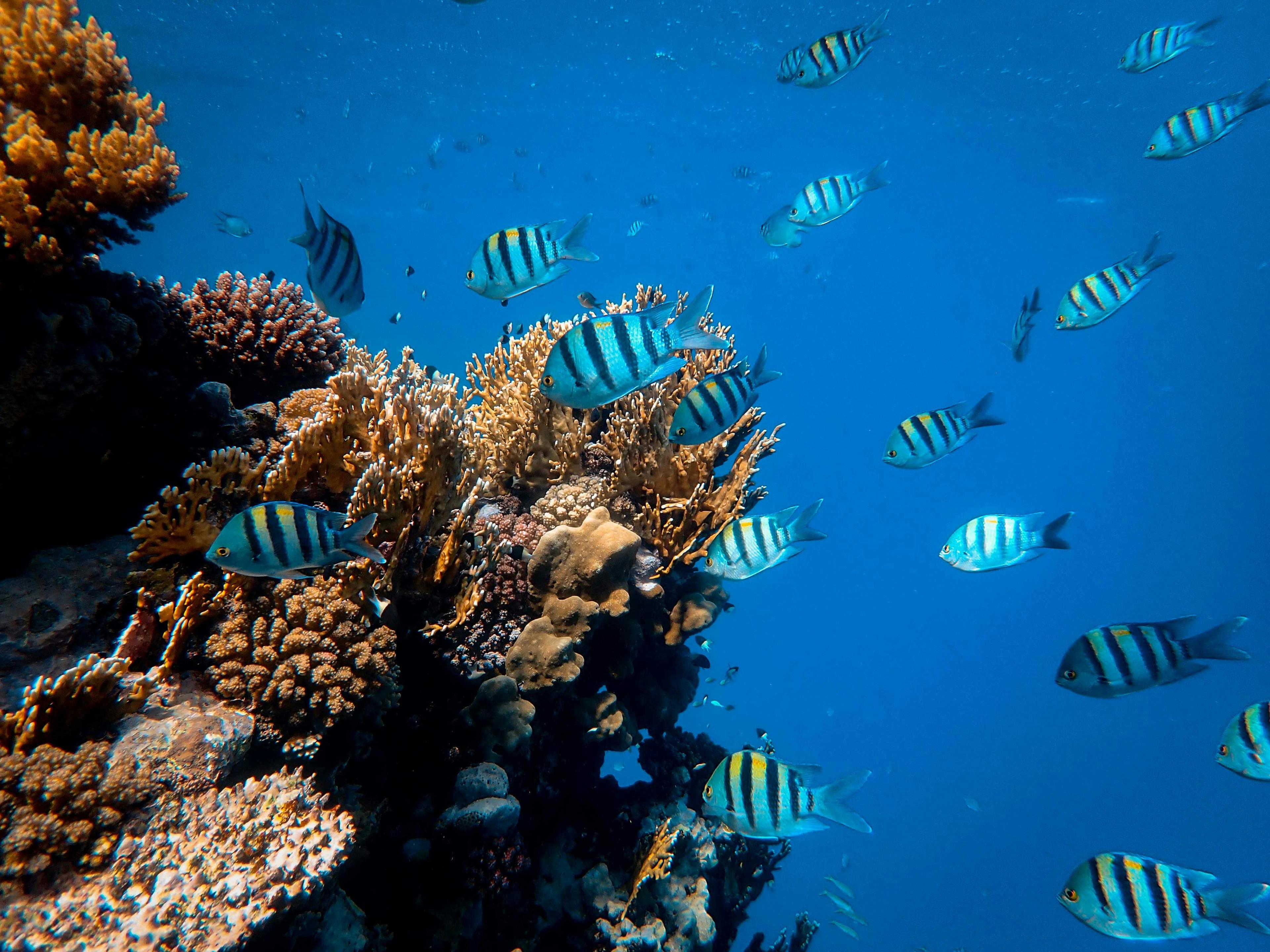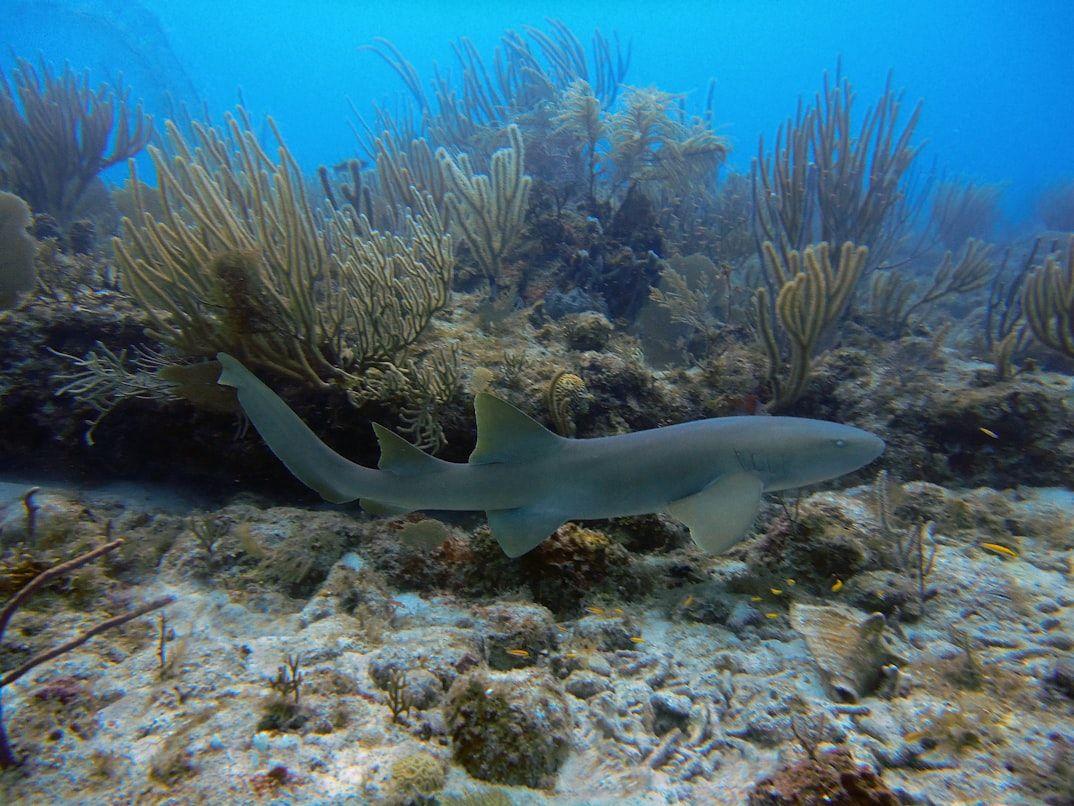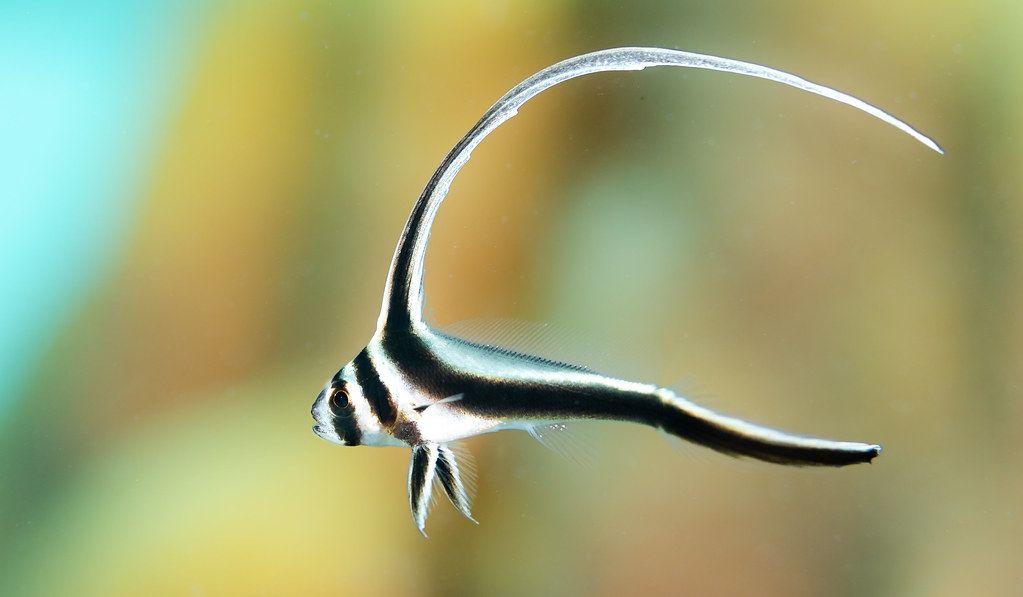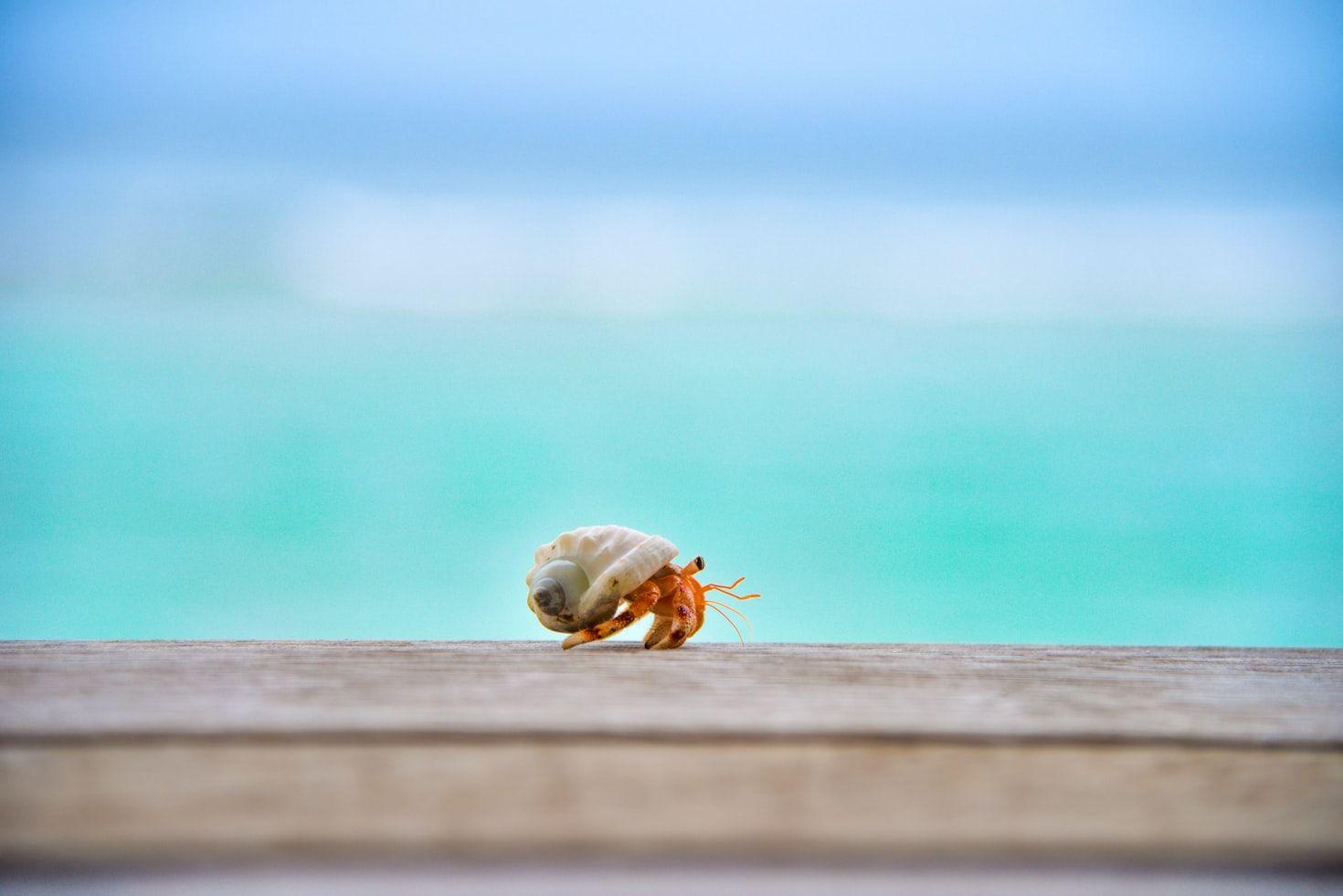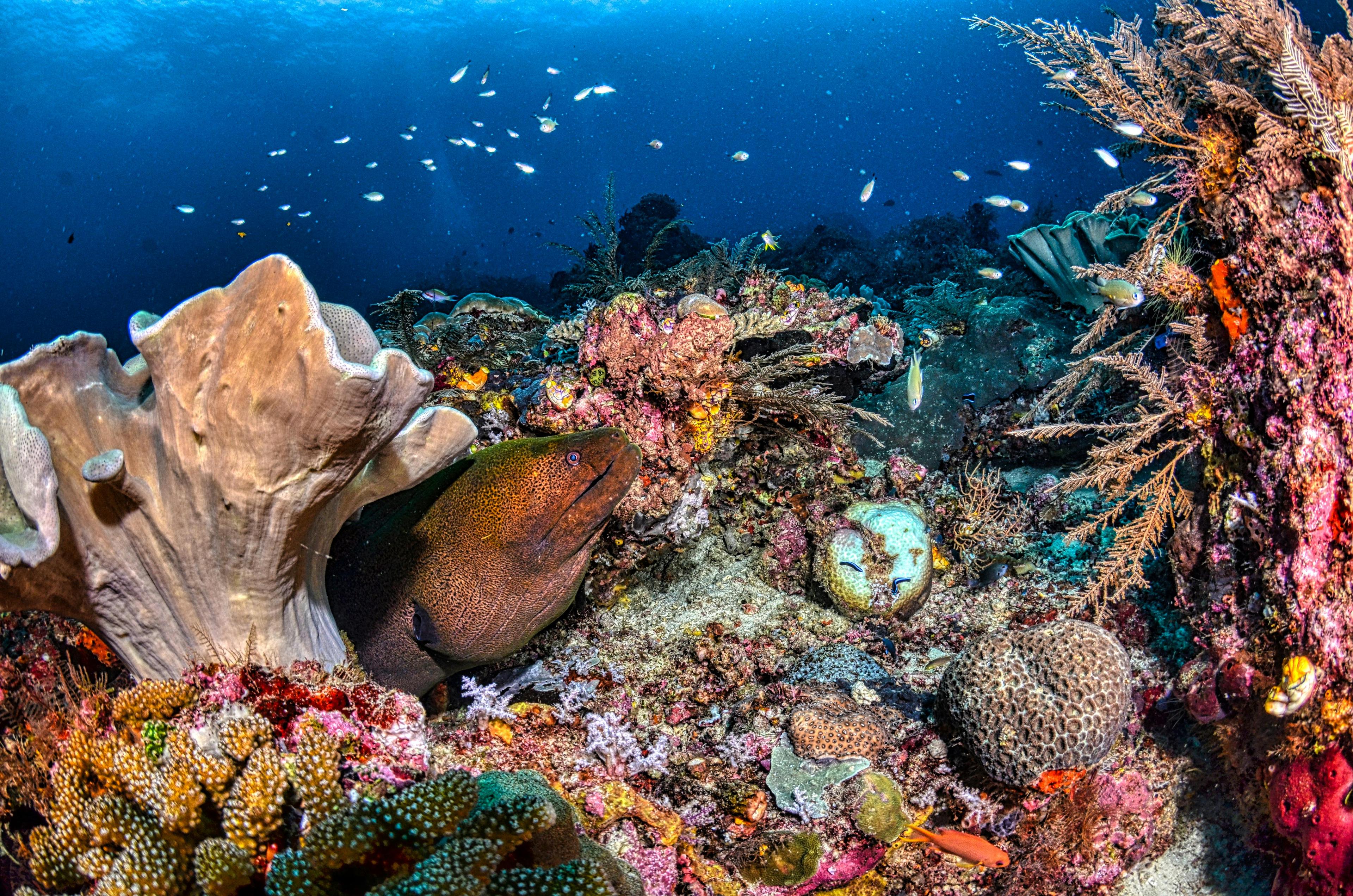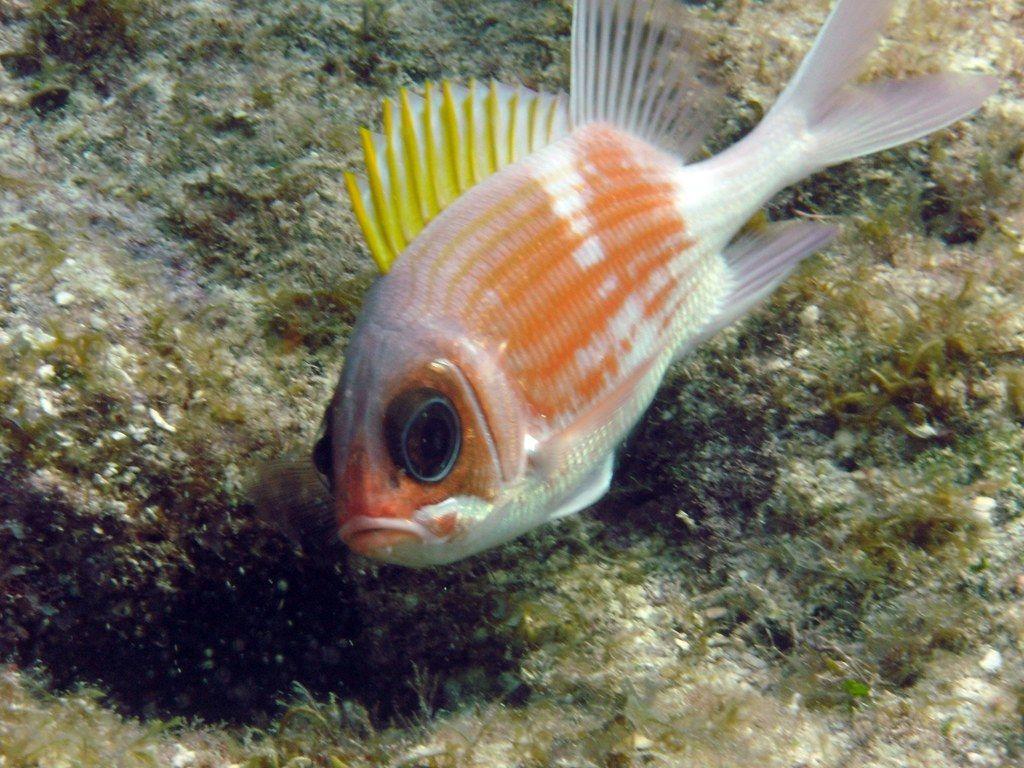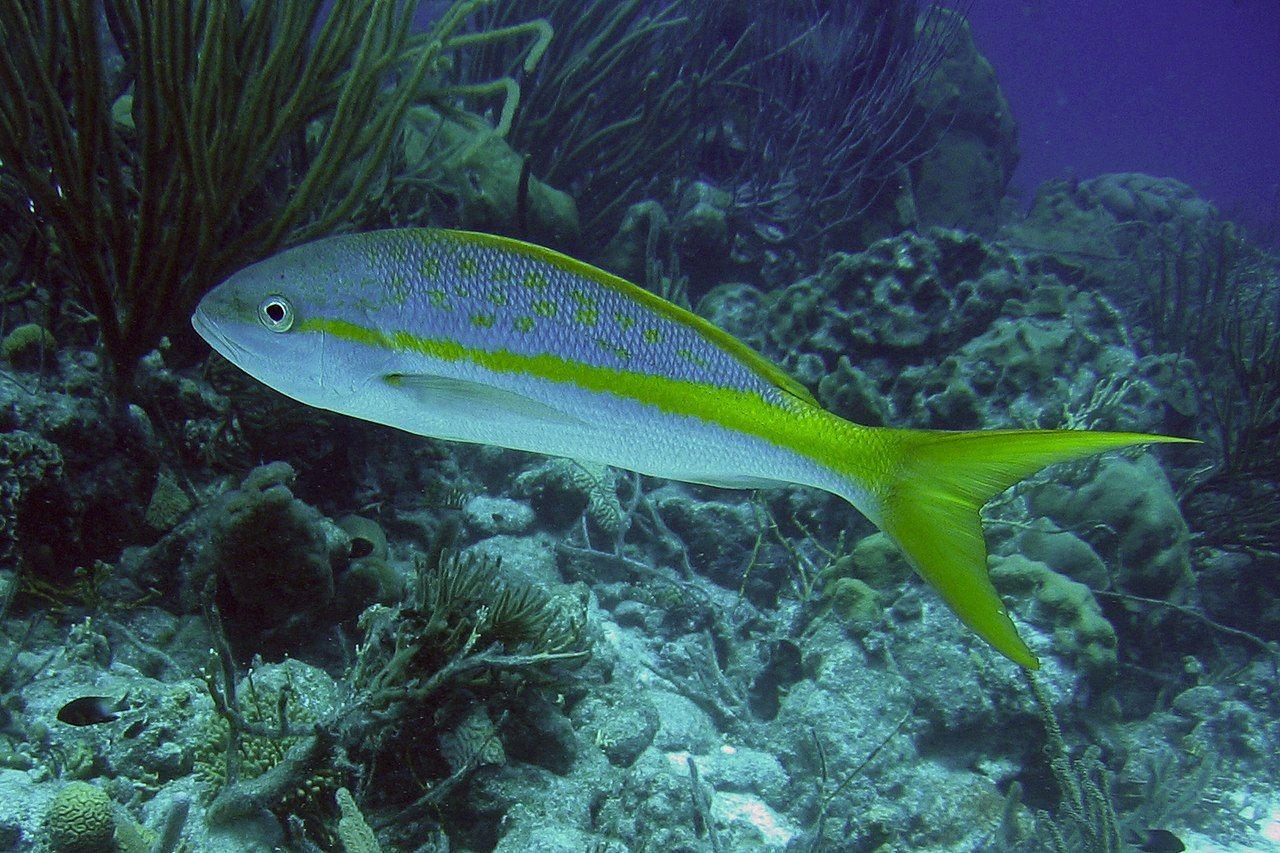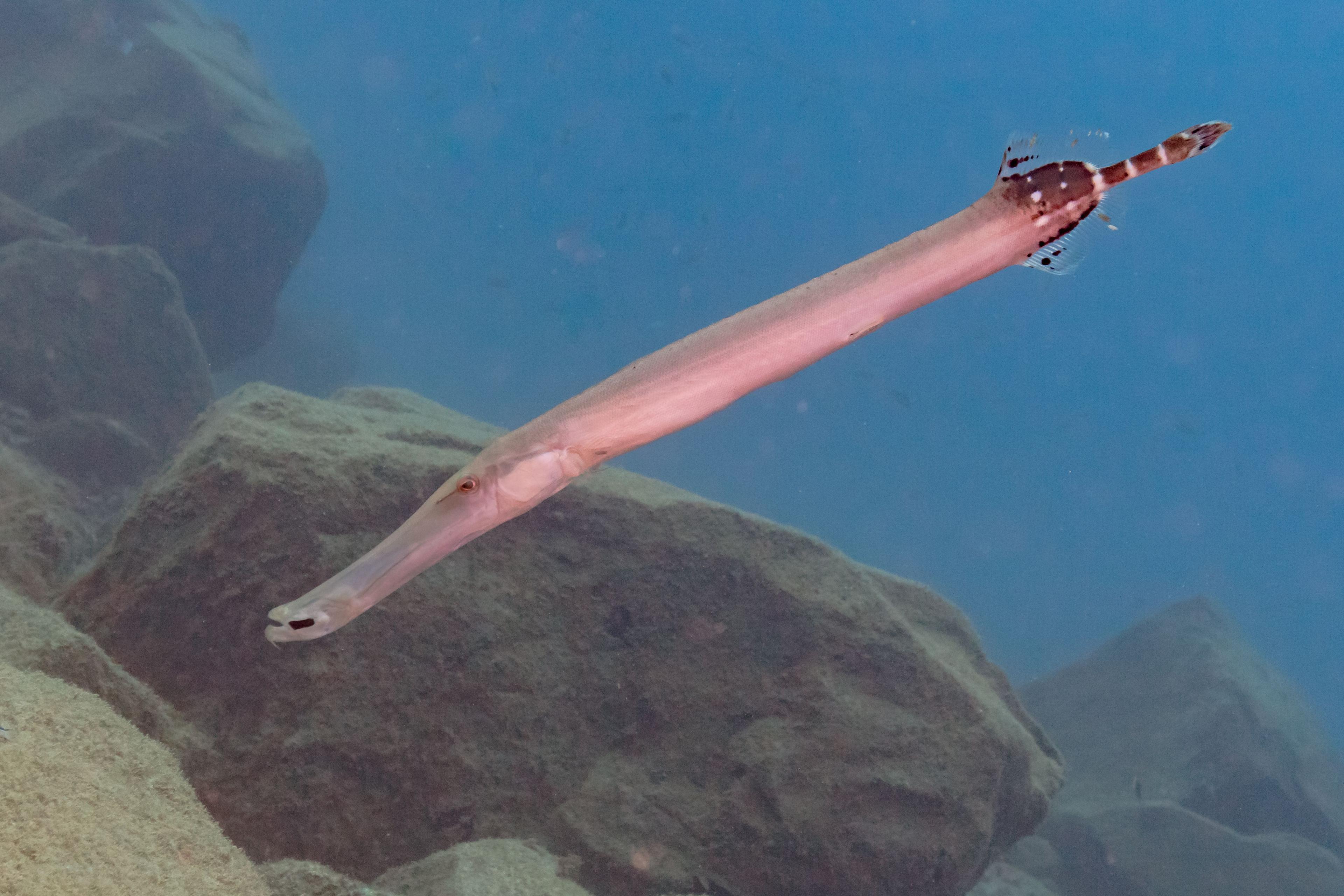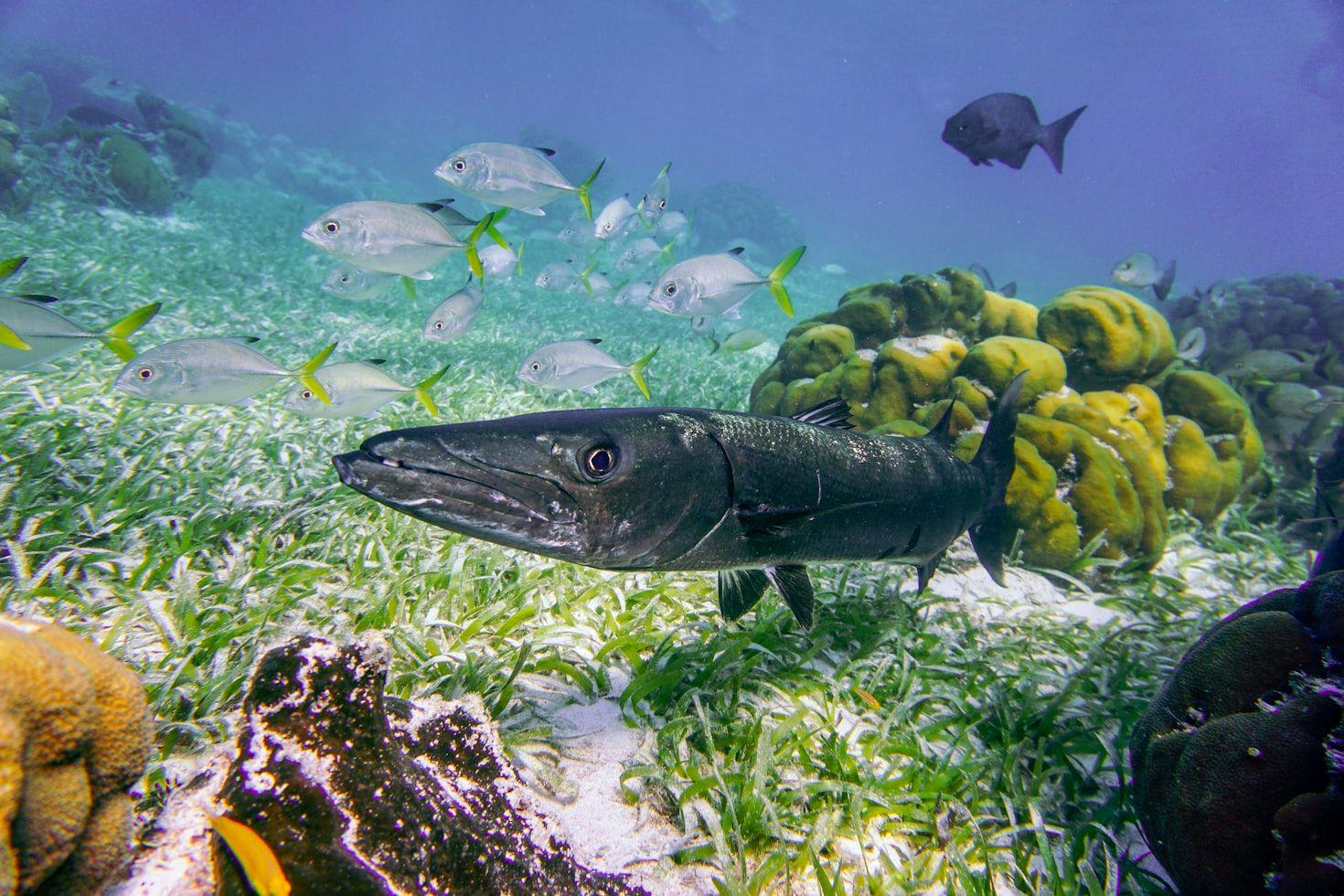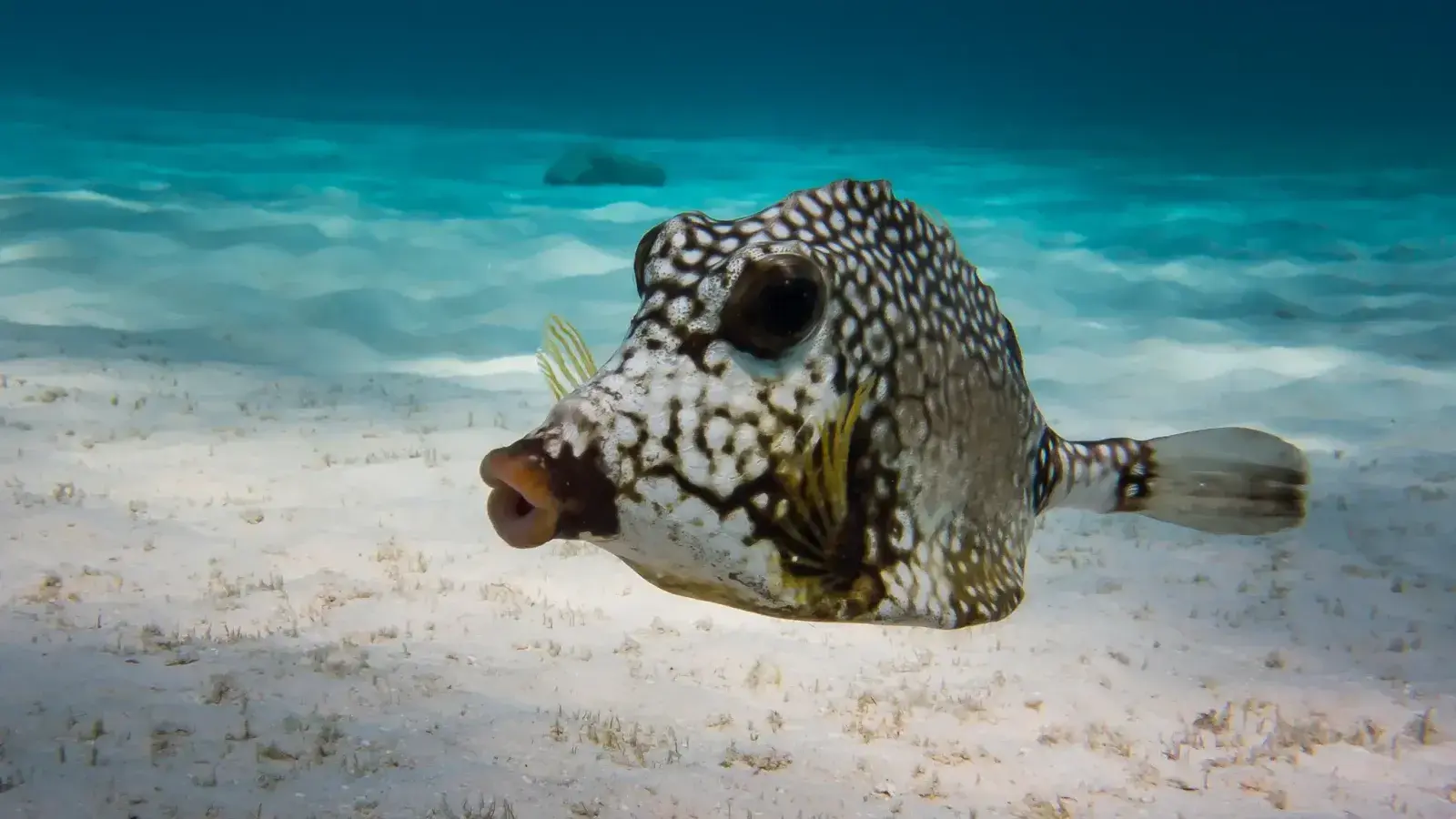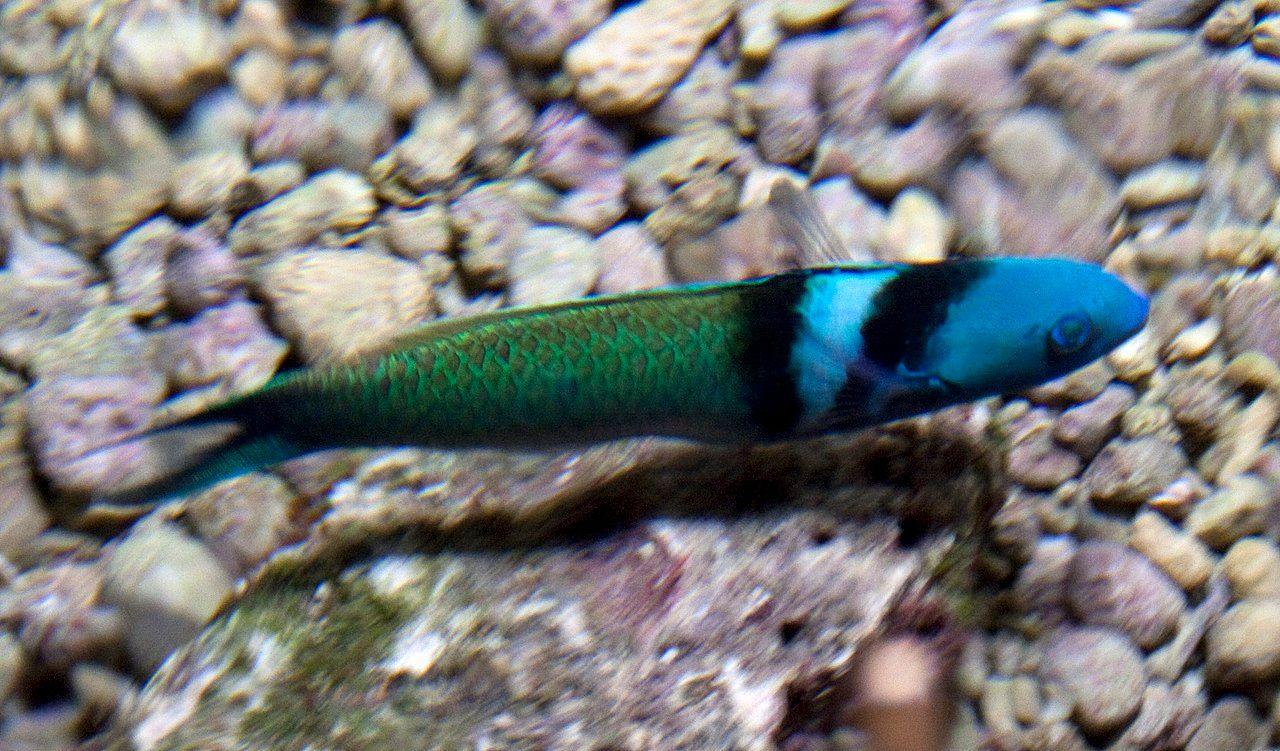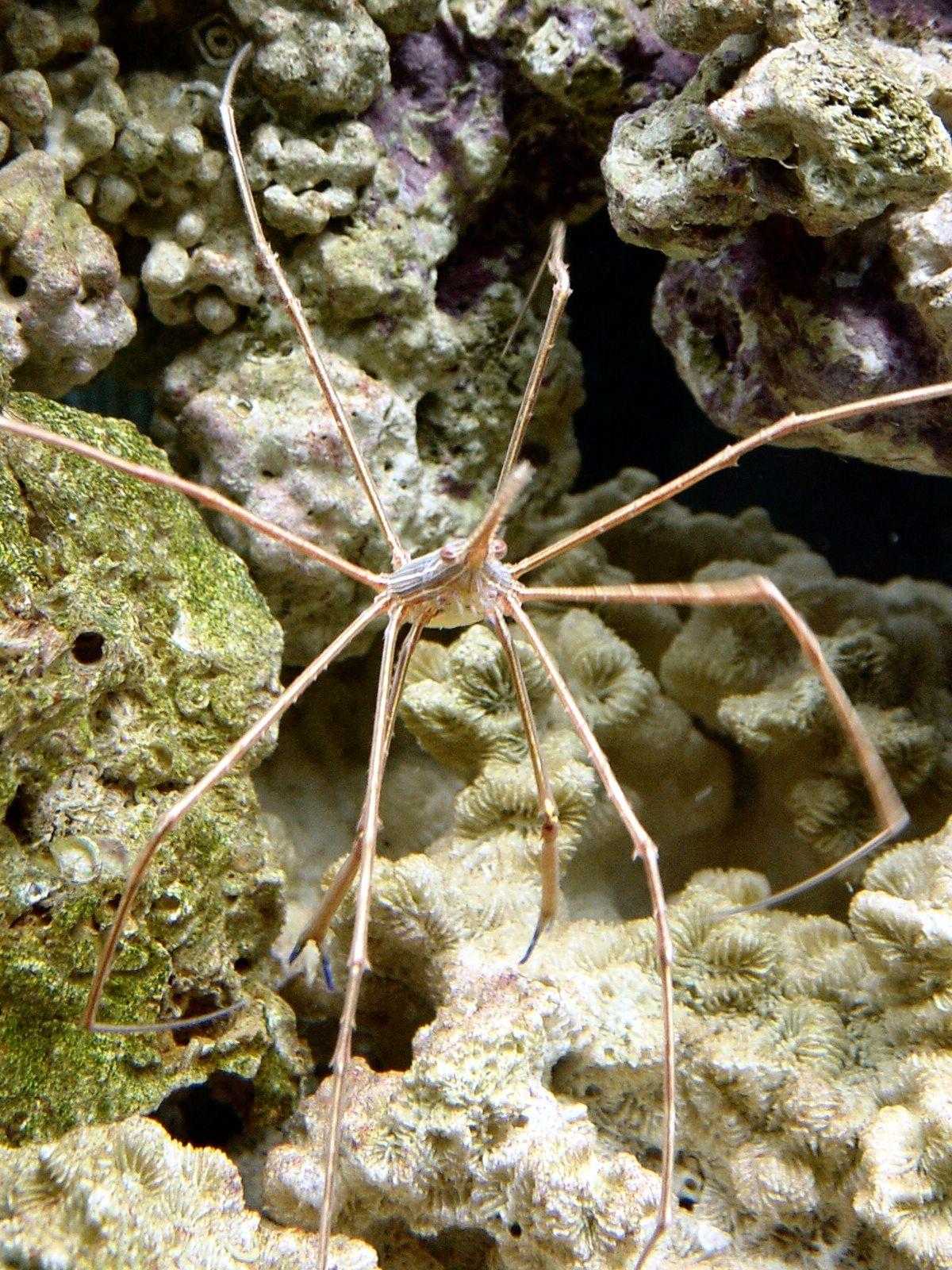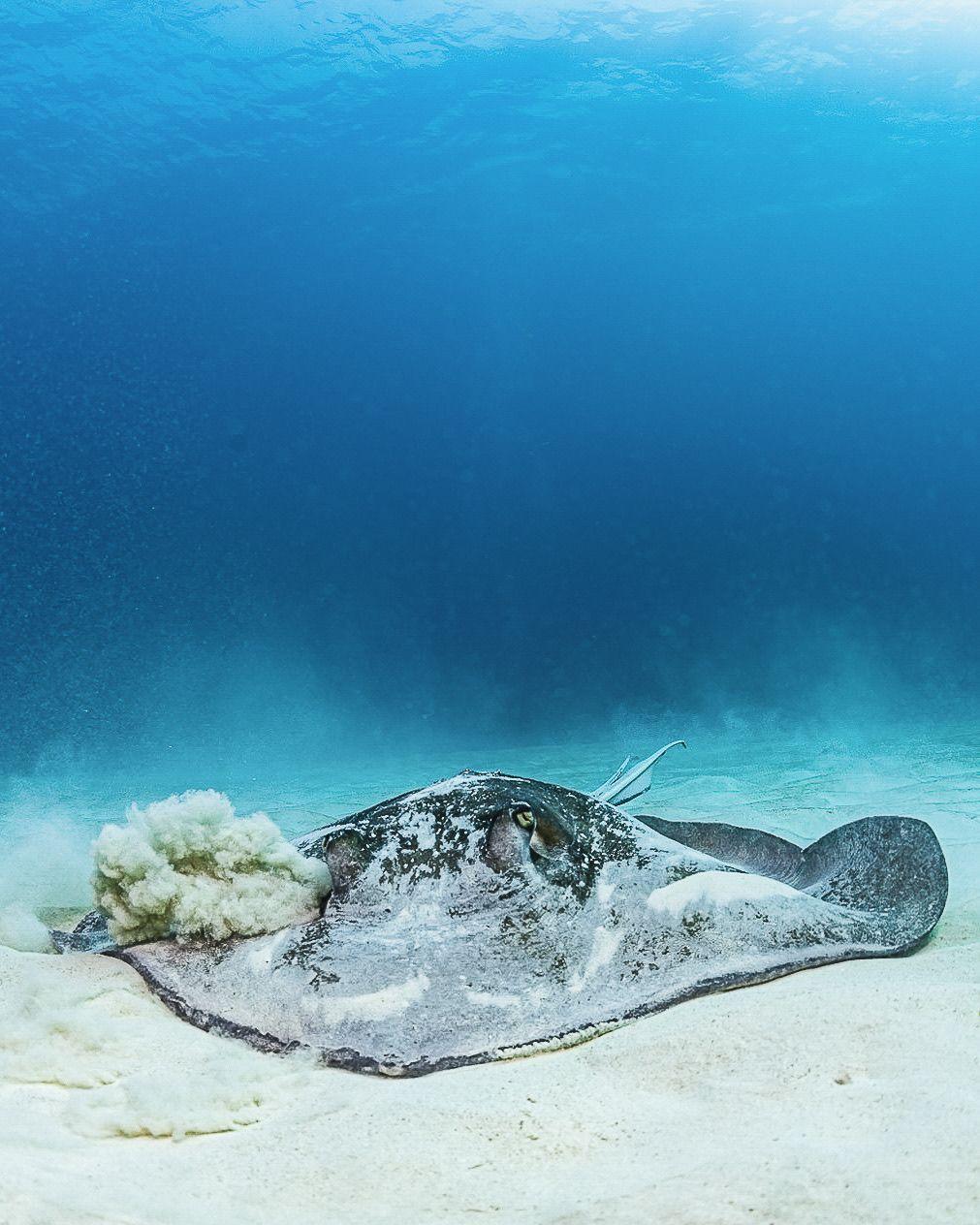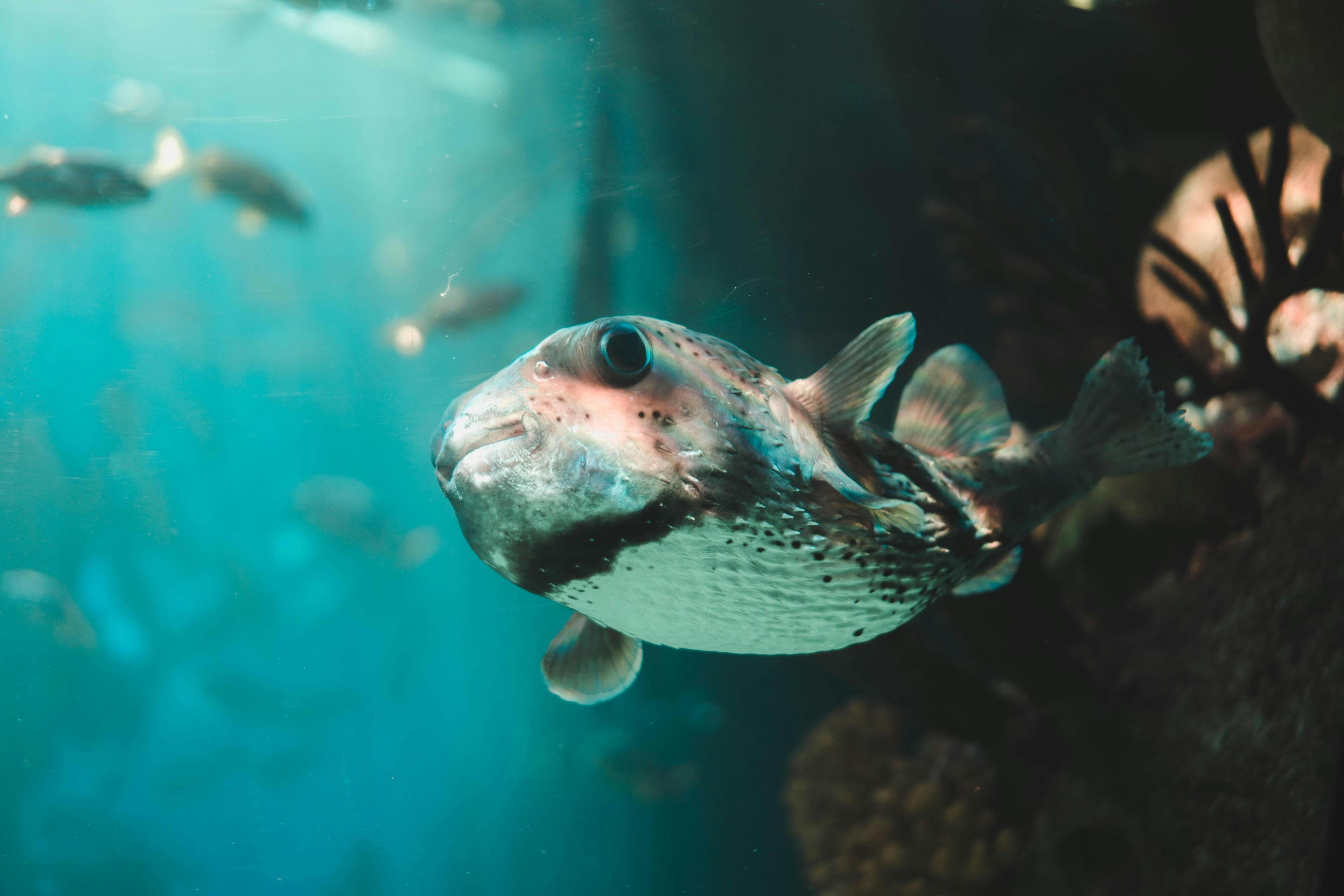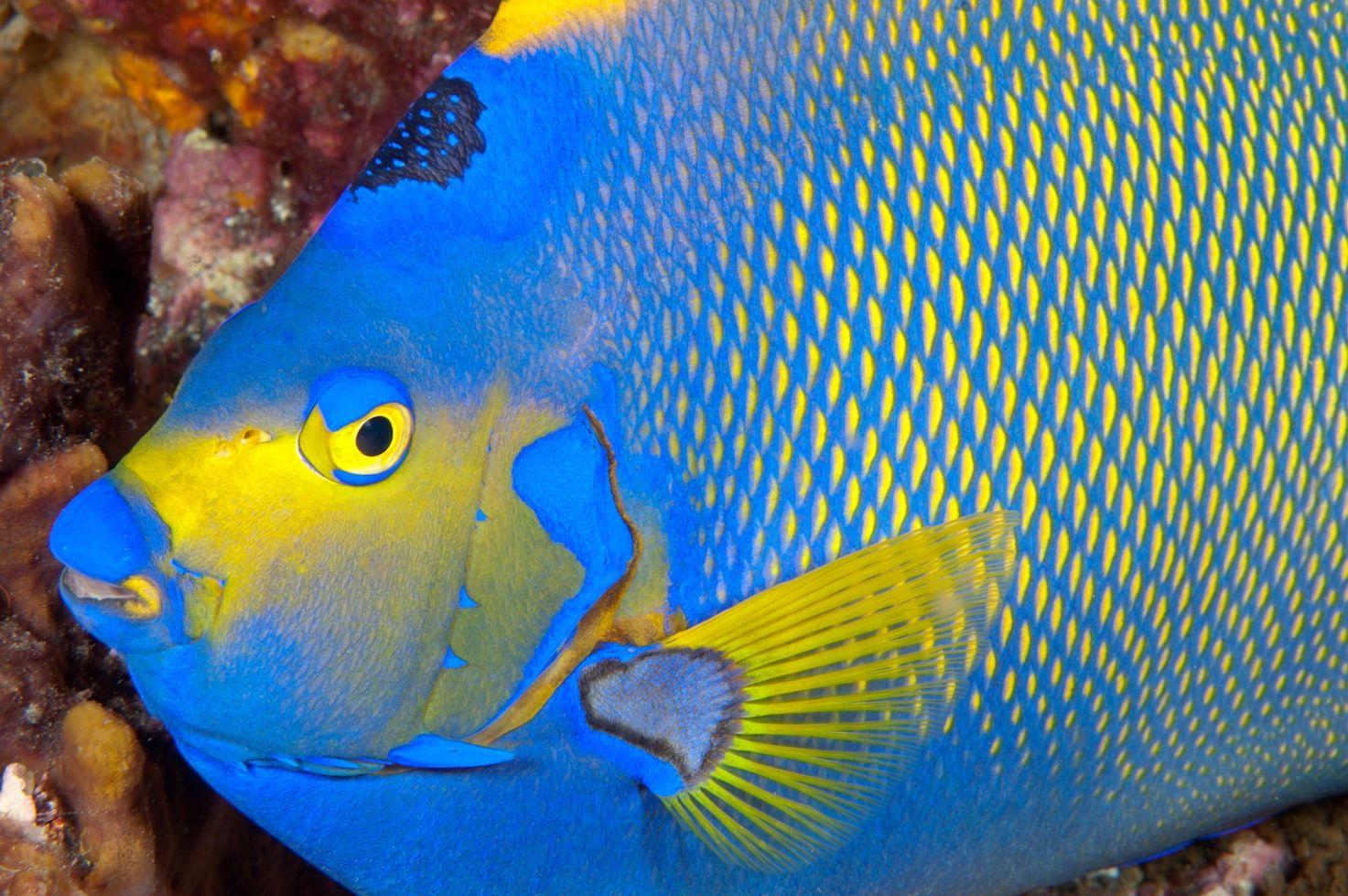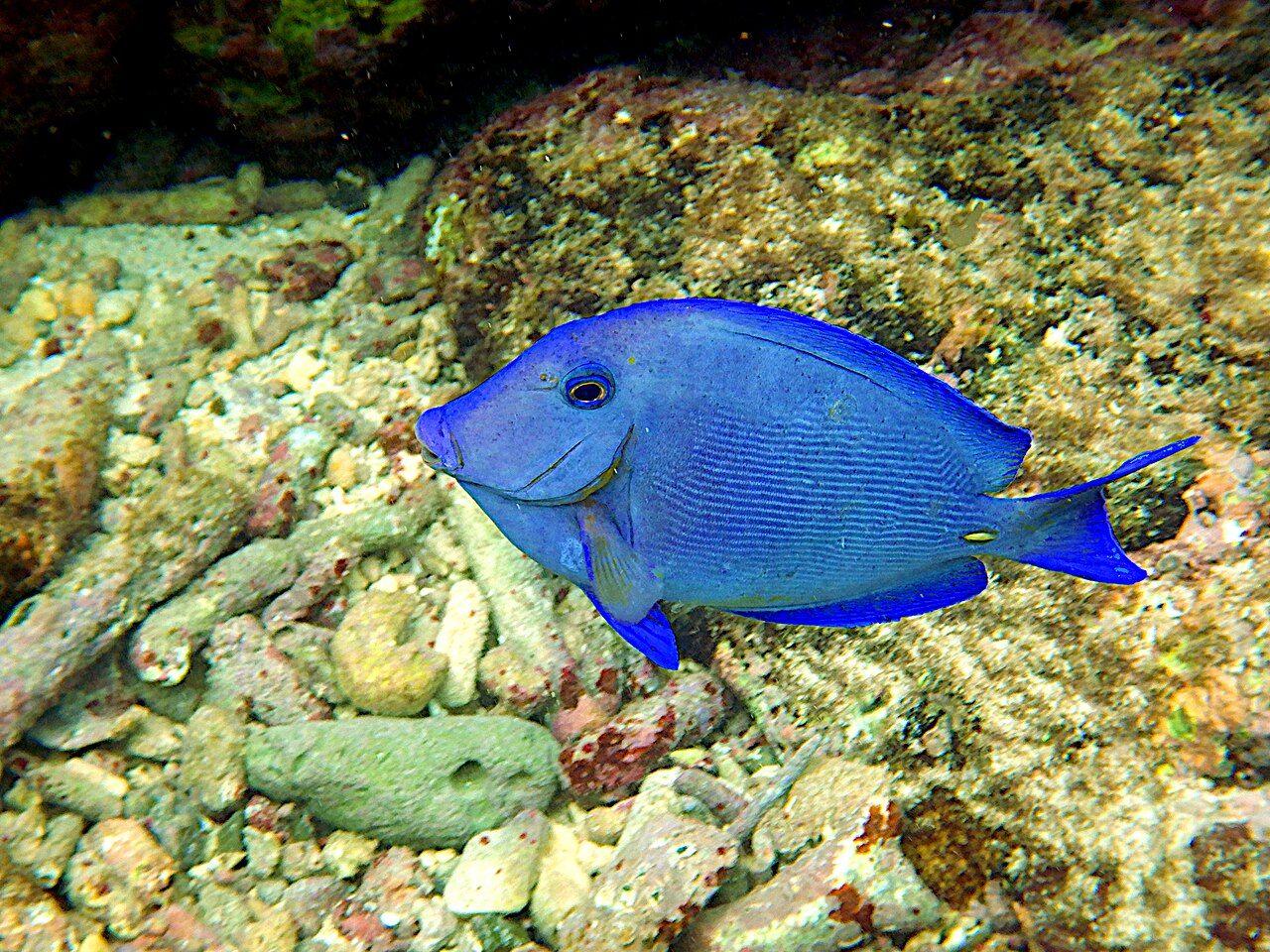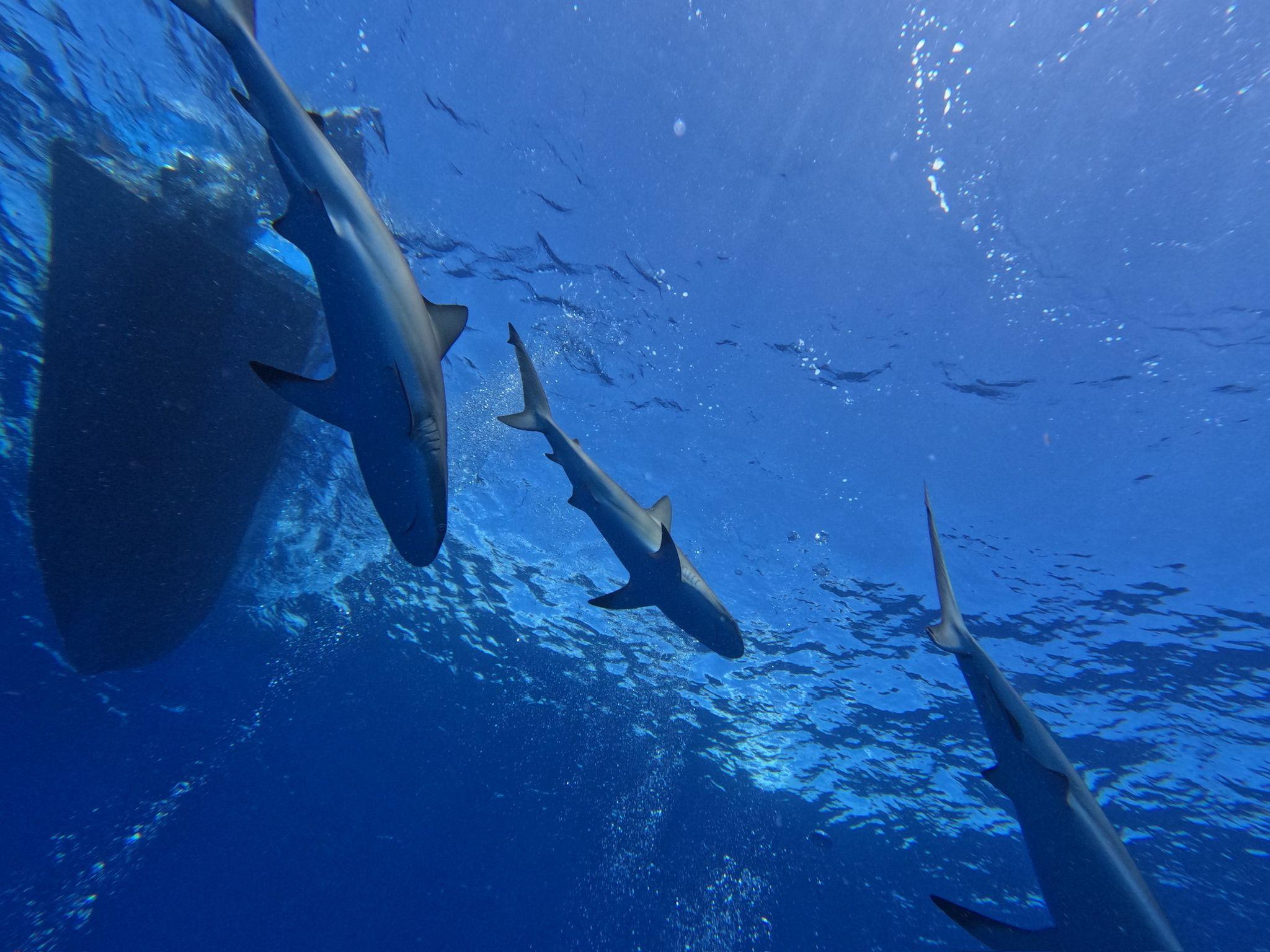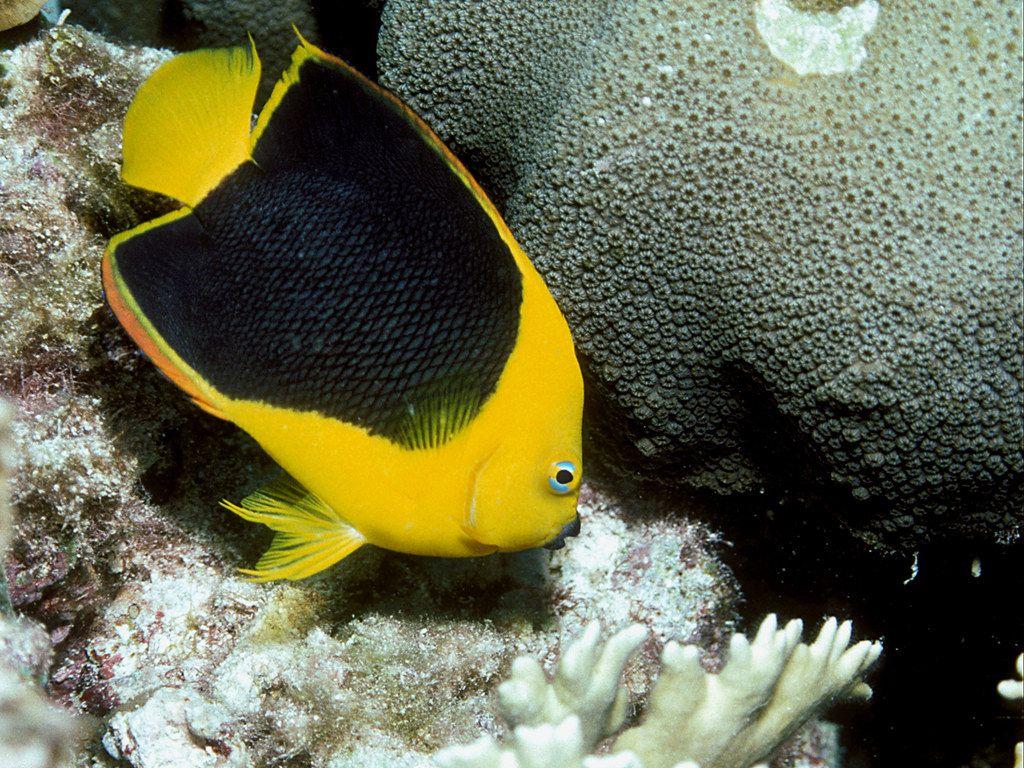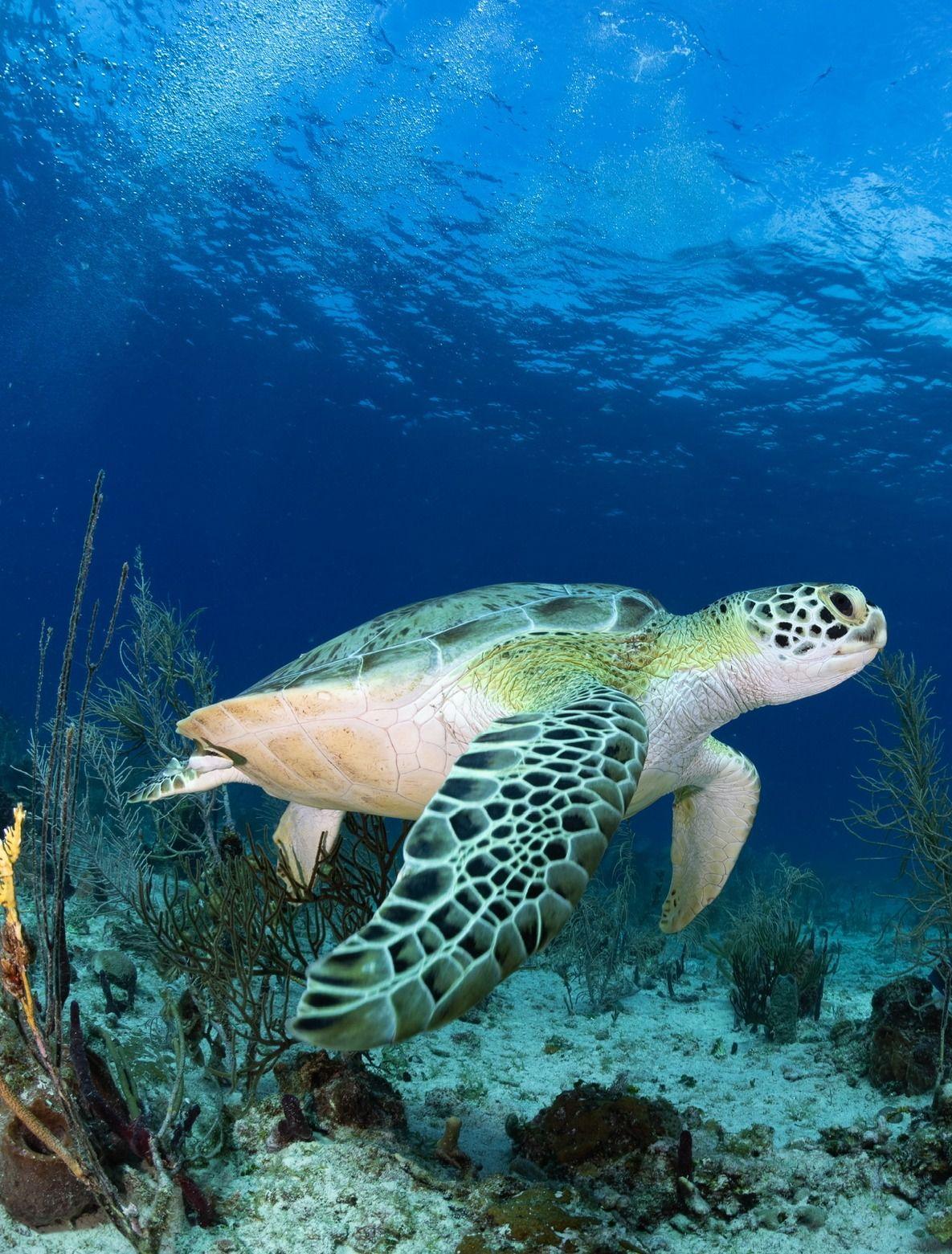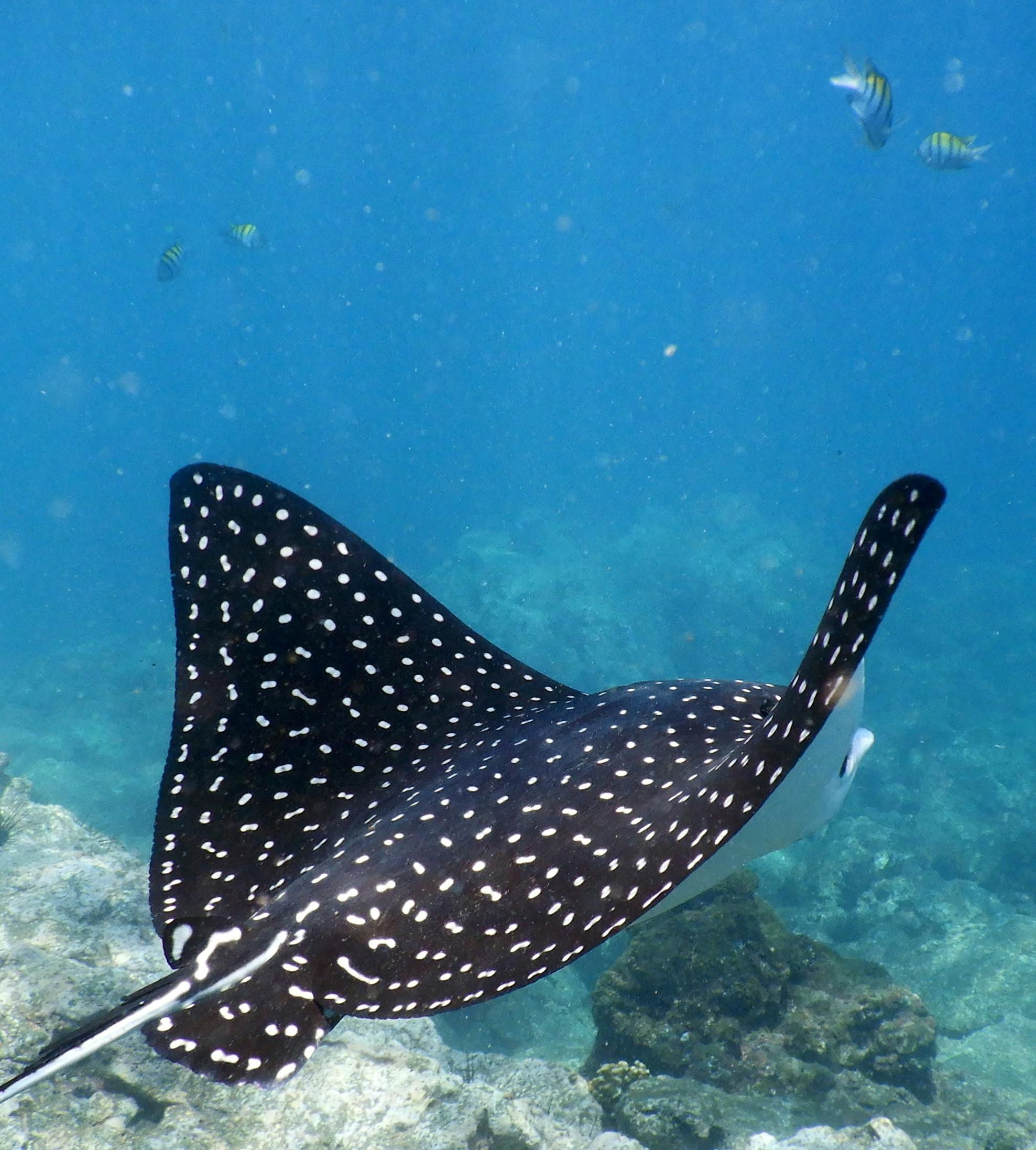

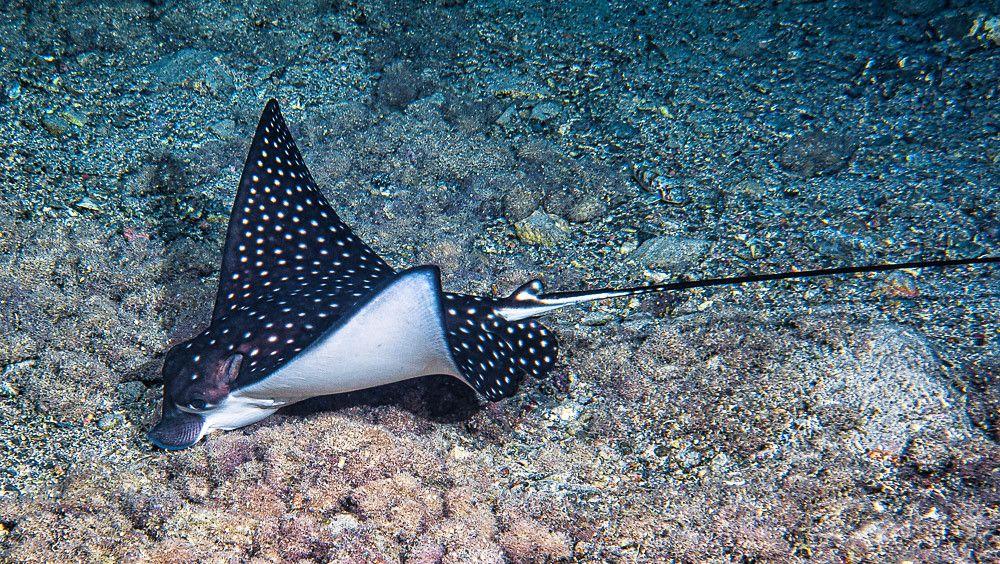
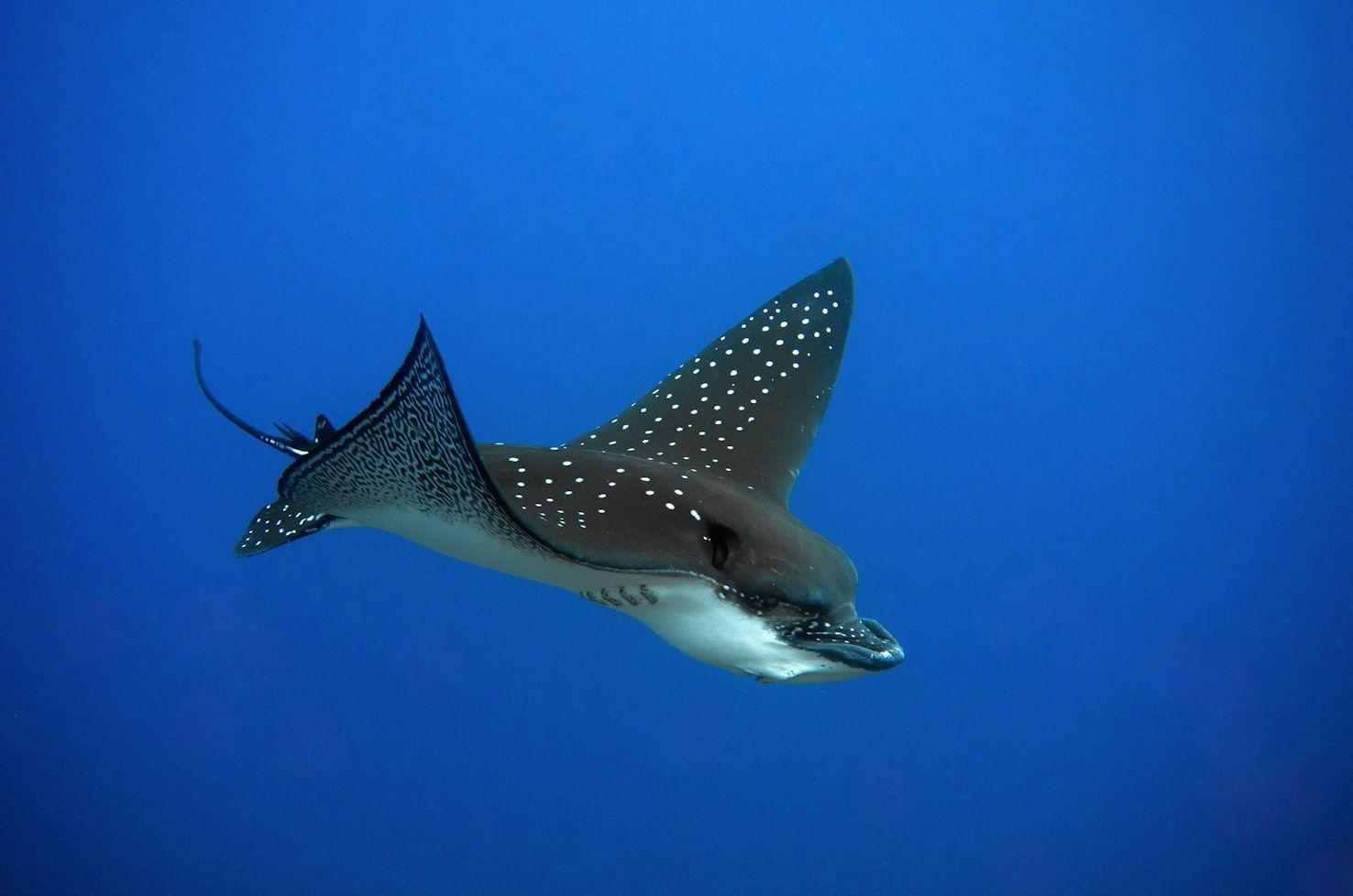
🐆 Spotted Eagle Rays in Punta Cana – Grace in Motion Beneath the Waves
Diving in Punta Cana is full of magic — from colorful coral gardens to curious reef fish. But few moments compare to the awe of seeing a Spotted Eagle Ray glide effortlessly through the water, its long tail trailing like a ribbon behind it.With their signature spots, flattened diamond-shaped bodies, and wide wingspans, these creatures are mesmerizing. And if you're lucky, you may spot one cruising above the sandy bottom or soaring past a reef wall on one of our excursions.
🌊 What Makes Eagle Rays Unique?
Unlike stingrays that often rest on the ocean floor, Spotted Eagle Rays are active swimmers. They’re known for their graceful, undulating movement, which resembles birds flying underwater.Here’s what to look for:
- Distinct white spots scattered across their dark blue or black back
- Wingspan that can reach up to 3 meters (10 feet)
- Long whip-like tail, sometimes with venomous spines
- A pointed snout resembling a duckbill, used to dig in the sand for prey
Despite their size and striking appearance, they’re usually shy and swim away from divers — which makes every sighting feel like a gift.
🦐 What Do Eagle Rays Eat?
These rays are bottom feeders. Using their snouts, they search the sand for:
- Crustaceans like crabs and shrimp
- Small mollusks
- Sea urchins
- Occasionally small fish
They have crushing plates in their jaws to crack open shells — a unique adaptation among reef creatures.
📍 Where Can You Spot Them in Punta Cana?
Though sightings aren’t guaranteed, Eagle Rays are sometimes seen at:
- Catalina Island – especially near the drop-off or during drift dives
- Cabeza de Toro – cruising over sandy flats
- Bayahibe – where deeper, calm waters attract larger pelagics
They prefer areas with a mix of reef and sandy bottom — especially where food is abundant.
⚠️ Are They Dangerous?
Not at all! Eagle Rays are non-aggressive and pose no threat to divers who give them space. Like all wild marine life, they should be admired from a distance.They do have spines on their tails (similar to stingrays), but stings are extremely rare and usually only occur if they feel threatened.
💙 Why We Love Them at Grand Bay of the Sea
For many of our guests, seeing an Eagle Ray is a highlight of their dive. It's a reminder of how elegant and diverse the ocean can be. We teach our divers how to respectfully enjoy these encounters without chasing or startling the animal.By diving responsibly and supporting marine conservation, we help ensure that Eagle Rays — and other ocean wonders — can be appreciated for generations to come.
🌍 Final Thought
In a world full of fast-paced movement, watching an Eagle Ray glide silently through the water is a moment of pure peace. Whether you’re an experienced diver or snorkeling for the first time, this graceful creature is one of the Dominican Republic’s most breathtaking marine sights.Ready to dive in and experience it for yourself?👉 Book your dive with us today and discover the magic beneath the surface.
